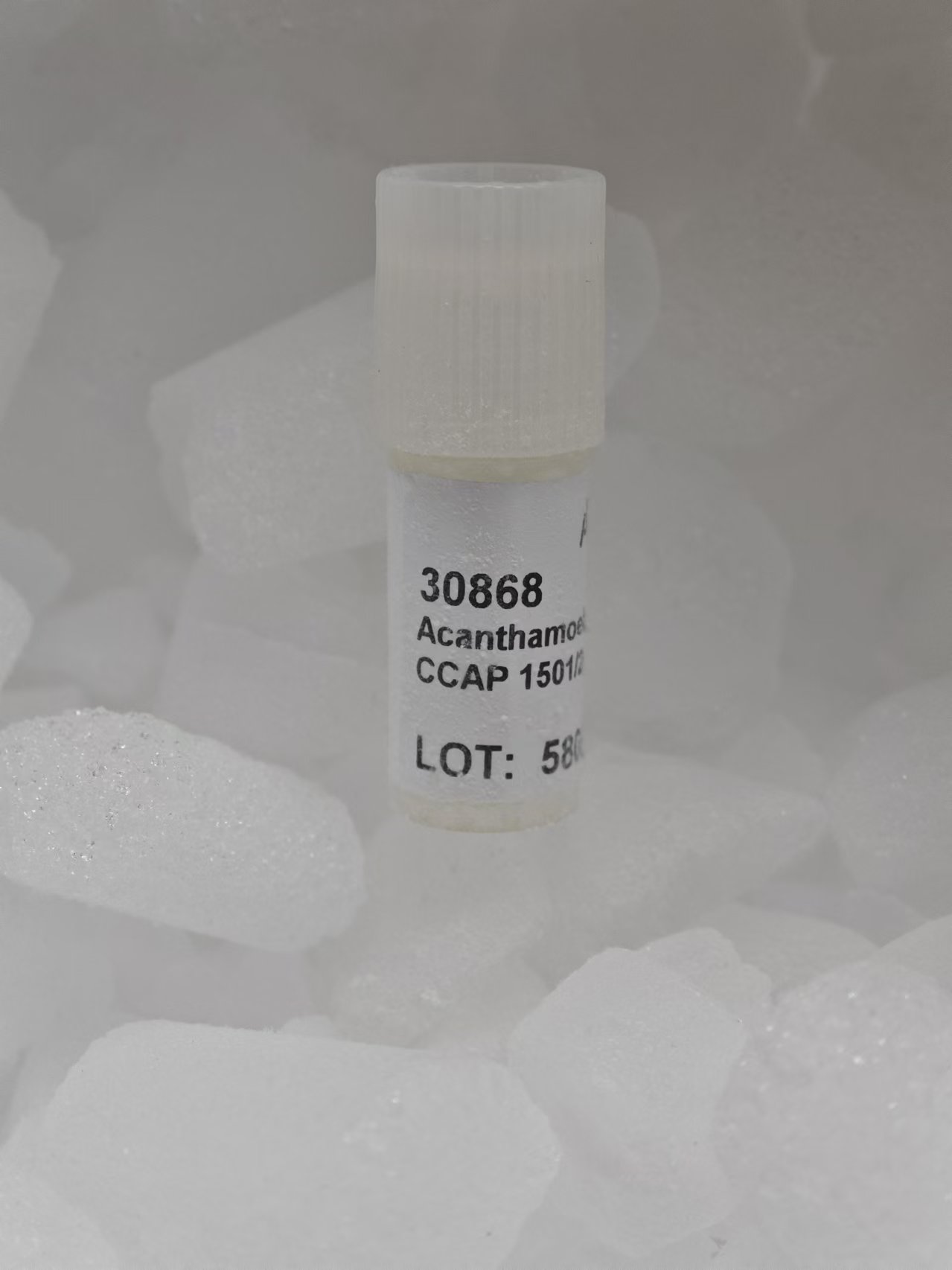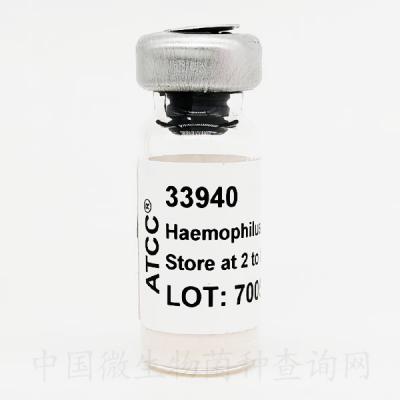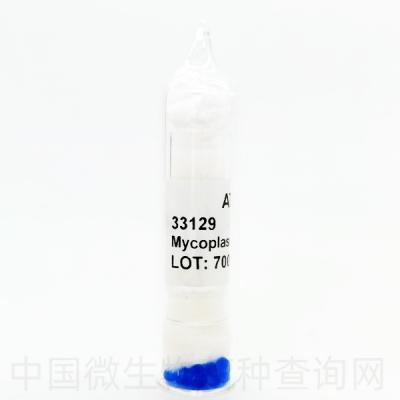ATCC® Number:30868™
Organism: Acanthamoeba castellanii (Douglas) Page
Designations: CCAP 1501/2g
Isolation 分離源 : human cornea, Cambridge, England, 1974
Depositors: CCAP
History 歷史 : ATCC<<--CCAP<<--J. Nagington
Biosafety Level 生物安全等級 :2
Shipped:
Growth Conditions 生長條件 : ATCCmedium 997: Fresh water ameba medium
Temperature 培養(yǎng)溫度 : 25.0℃
Duration: grown with Escherichia coli
Protocol: ATCCNO: 30011
SPEC: This strain is distributed as a dried preparation.
See the general procedures for opening a dried vial.
Aseptically add 1 ml of sterile distilled water to the inner shell vial, remove the filter paper aseptically with a pair of forceps, and place it in the center of an agar plate of ATCCmedium 997.
Add the liquid remaining in the vial to the plate and spread it evenly over the surface of the plate. Incubate the plate at 25C.
Trophozoites (amebae) should be evident within 2-3 days.
Permits/Forms: In addition to the MTA mentioned above, other ATCC and/or regulatory permits may be required for the transfer of this ATCC material.
Anyone purchasing ATCC material is ultimately responsible for obtaining the permits.
Please click here for information regarding the specific requirements for shipment to your location.
Comments: In vivo and in vitro collagenolytic activity [5120] case report [4588] Chemotatic response of macrophages [4983]
Susceptibility of corneas from various animal species [5098] Survival in contact lens rinse solution [21716] [4564] [5088] In vitro intercellular adherence [21717] Characterization of plasminogen activator [21718] mitochondrial DNA fingerprinting [21722]
Amebostomes [23829] Antibody dependent neutrophil-mediated killing [23904] Contact lens disinfectants against cysts [24059] In vitro characterization of cytopathic effect [24094] Effect on apoptosis of tumor cells [24142]
Successful immunization against keratitis [24164] characterization of Acanthamoeba polyphaga [24209] An axenic version of this strain is available as ATCC50514 Classification: KINGDOM: Protozoa
References 參考文獻 : 4564: Silvany RE, et al. The effect of currently available contact lens disinfection systems on Acanthamoeba castellanii and Acanthamoeba polyphaga. Ophthalmology 97: 286-290, 1990. PubMed: 2336265
4588: Naginton J, et al. Amoebic infection of the eye. Lancet 2: 1537-1540, 1974. PubMed: 4140981
4983: Stewart GL, et al. Chemotactic response of macrophages to Acanthamoeba castellanii antigen and antibody-dependent macrophage-mediated killing of the parasite. J. Parasitol. 78: 849-855, 1992. PubMed: 1403427
5088: Nauheim RC, et al. Survival of Acanthamoeba in contact lens rinse solutions. Cornea 9: 290-293, 1990. PubMed: 2127739
5098: Niederkorn JY, et al. Susceptibility of corneas from various animal species to in vitro binding and invasion by Acanthamoeba castellanii [corrected] [published erratum appears in Invest. Ophthalmol. Vis. Sci. 33: 2577, 1992]. Invest. Ophthalmol. Vis. Sci. 33: 104-112, 1992. PubMed: 1730531
5120: He YG, et al. In vivo and in vitro collagenolytic activity of Acanthamoeba castellanii. Invest. Ophthalmol. Vis. Sci. 31: 2235-2240, 1990. PubMed: 2173683
21716: Silvany RE, et al. Effect of contact lens preservatives on Acanthamoeba. Ophthalmology 98: 854-857, 1991. PubMed: 1866136
21717: Ubelaker JE, et al. In vitro intercellular adherence of Acanthamoeba castellanii: A scanning and transmission electron microscopy study. Cornea 10: 299-304, 1991. PubMed: 1889215
21718: Mitra MM, et al. Characterization of a plasminogen activator produced by Acanthamoeba castellanii. Mol. Biochem. Parasitol. 73: 157-164, 1995. PubMed: 8577323
21722: Gautom RK, et al. Mitochondrial DNA fingerprinting of Acanthamoeba spp. isolated from clinical and environmental sources. J. Clin. Microbiol. 32: 1070-1073, 1994. PubMed: 7913095
23829: Ubelaker JE, et al. Amebostomes on the amoeba Acanthamoeba castellanii (Acanthamoebidae: Amoebidae). Trans. Am. Microsc. Soc. 113: 211-215, 1994.
23896: Daggett PM, et al. Distribution and possible interrelationships of pathogenic and nonpathogenic Acanthamoeba from aquatic environments. Microb. Ecol. 8: 371-386, 1982.
23904: Stewart GL, et al. Antibody-dependent neutrophil-mediated killing of Acanthamoeba castellanii. Int. J. Parasitol. 24: 739-742, 1994. PubMed: 7928077
24059: Kilvington S, et al. Effect of contact lens disinfectants against Acanthamoeba cysts. Rev. Infect. Dis. 13 suppl.5: S414-S415, 1991. PubMed: 2047678
24094: Taylor WM, et al. In vitro characterization of Acanthamoeba castellanii cytopathic effect. J. Parasitol. 81: 603-609, 1995. PubMed: 7623204
24142: Alizadeh H, et al. Apoptosis as a mechanism of cytolysis of tumor cells by a pathogenic free-Living amoeba. Infect. Immun. 62: 1298-1303, 1994. PubMed: 8132336
24164: Alizadeh H, et al. Successful immunization against Acanthamoeba keratitis in a pig model. Cornea 14: 180-186, 1995. PubMed: 7743802
24209: Fritsche TR, et al. Occurrence of bacterial endosymbionts in Acanthamoeba spp. isolated from corneal and environmental specimens and contact lenses. J. Clin. Microbiol. 31: 1122-1126, 1993. PubMed: 8501212
32325: Alizadeh H, et al. In vitro amoebicidal activity of propamidine and pentamidine isethionate against Acanthamoeba species and toxicity to corneal tissues. Cornea 16: 94-100, 1997. PubMed: 8985640
34596: Niszl IA, et al. Cytopathogenicity of clinical and environmental Acanthamoeba isolates for two mammalian cell lines. J. Parasitol. 84: 961-967, 1998. PubMed: 9794638
51865: Hurt M, et al. Exacerbation of Acanthamoeba keratitis in animals treated with anti-macrophage inflammatory protein 2 or antineutrophil antibodies. Infect. Immun. 69: 2988-2995, 2001. PubMed: 11292716
62267: Alizadeh H, et al. Tear IgA and serum IgG antibodies against Acanthamoeba in patients with Acanthamoeba keratitis. Cornea 20: 622-627, 2001. PubMed: 11473164
70201: Alves JMP, et al. Random amplified polymorphic DNA probes as a tool for the characterization of Brazilian keratitis isolates of the genus Acanthamoeba. Braz. J. Med. Biol. Res. 33: 19-26, 2000.
70240: Aksozek A, et al. Resistance of Acanthamoeba castellanii cysts to physical, chemical, and radiological conditions. J. Parasitol. 88: 621-623, 2002.PubMed: 12099437
70768: Kennett MJ, et al. Acanthamoeba castellanii: characterization of an adhesin molecule. Exp. Parasitol. 92: 161-169, 1999. PubMed: 10403757
71072: Wang X, Ahearn DG. Effect of bacteria on survival and growth of Acanthamoeba castellanii. Curr. Microbiol. 34: 212-215, 1997. PubMed: 9058539






